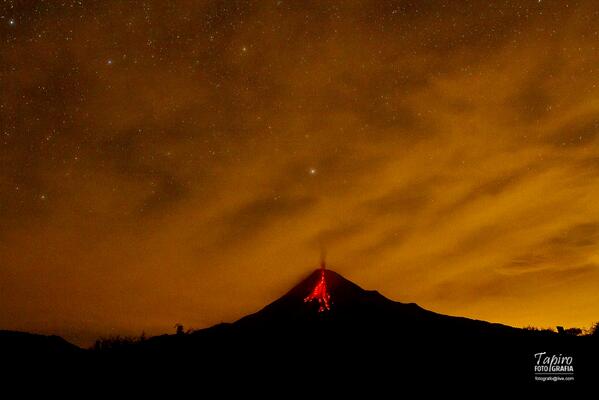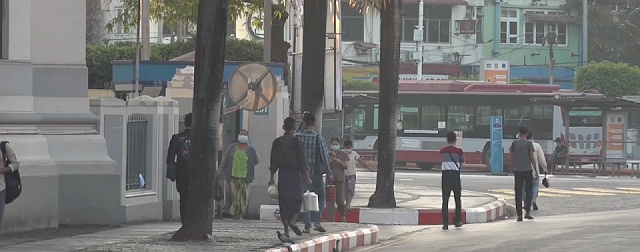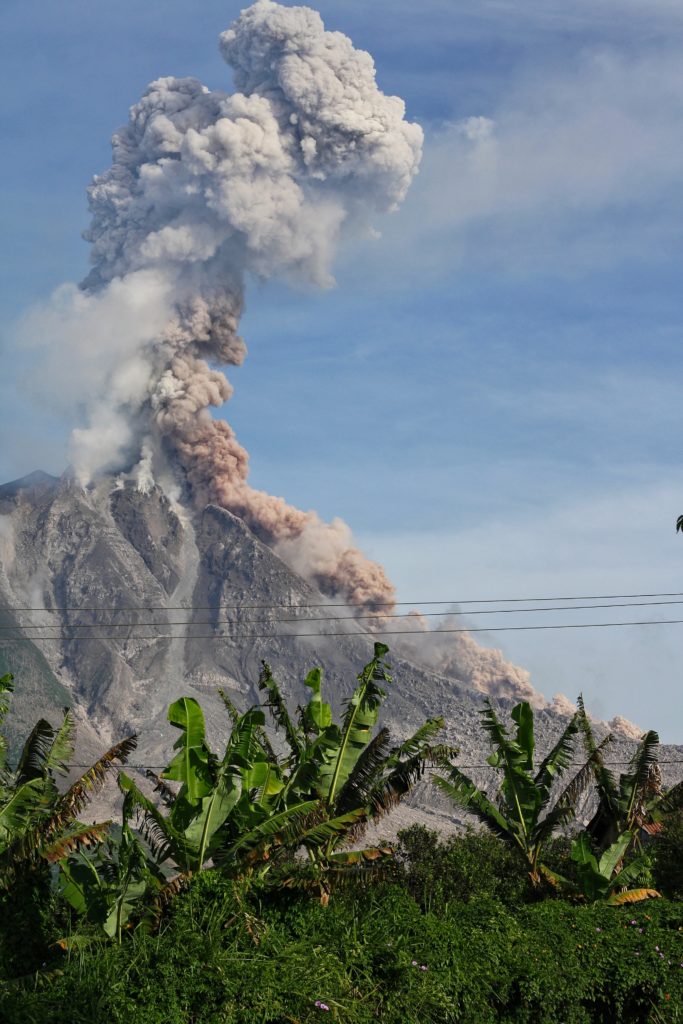Colima is perhaps the most potentially dangerous volcano in Mexico. 300 miles west of Mexico City and 75 miles south of Guadalajara, Colima rises 12,500 feet and last really blew in 1913, but the eruption only lasted four days and was mostly comprised of smoke, ash and loud bangs. A 2005 eruption was quieter but sent lava bombs and pyroclastic flows up to two miles from the cone.
Only 5 million years old, geologists have found that one such landslide less than one million years ago reached the Pacific Ocean more than 50 miles away. Colima is stereotypical with a cone rising to its apex that fills with lava and spills over leading to a handful of lava flows in the last 50 years. The last 50 years have been less explosive, but scientists believe Colima may be returning to a more explosive period than was typical in the last five to six decades. Prior to 1961 Colima had four decades of dormant behavior.
A December 2013 image of the lava flow from the cone 
http://www.volcanodiscovery.com/colima/news/39827/Colima-volcano-Western-Mexico-activity-update-explosions-and-lava-flows.html
Colima has not erupted since July 2019. However, there has been some activity in the past few months. In February 2023, there was an increase in seismic activity and the volcano released a small amount of ash. In March 2023, there was another increase in seismic activity and the volcano released a larger amount of ash. The volcano is currently in a state of unrest and scientists are monitoring it closely.
The Colima Volcano is located in the Trans-Mexican Volcanic Belt, which is a chain of volcanoes that runs along the west coast of Mexico. The volcano is one of the most active in Mexico and has erupted numerous times over the past few centuries. The most recent major eruption occurred in 1913, when the volcano spewed ash and lava for several days.
The Colima Volcano is a popular tourist destination, but it is important to remember that it is a dangerous place. The volcano is constantly monitored by scientists and there are warning systems in place to alert people in the event of an eruption. However, it is still possible for people to be injured or killed in an eruption.
If you are planning to visit the Colima Volcano, it is important to be aware of the risks and to take precautions.

